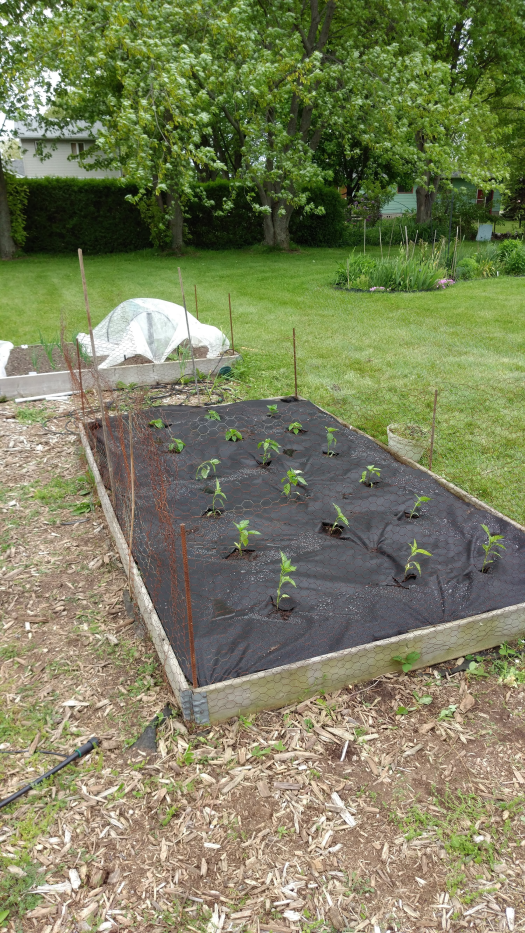
Well, it’s been an extra long Spring in this part of the country with cool, wet weather extending into June. As a result, the growing season is 2 or 3 weeks behind. Despite that, I planted out 7 varieties of baby peppers this past weekend – I’m hoping for the best.
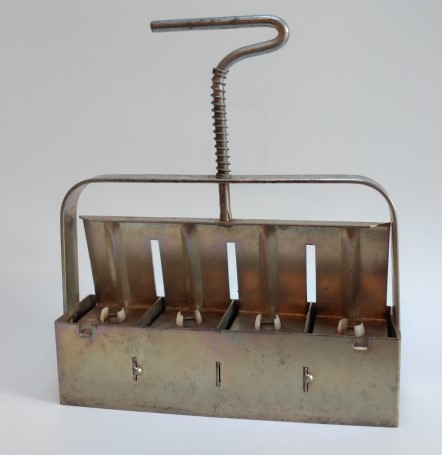
When it comes to seed starting, I’ve been a devoted fan of soil blocks for several years now. If you’re wondering what a soil block is, it’s pretty much what the term implies – 2″ cubes of soil with a dimple on top where you drop the seed. Using a simple block-maker tool and the right soil mixture, I can crank out a flat in no time. Give them good lighting, moisture and a little time and voilà, I can start 45 plants in a standard seed flat. This technique has lots of advantages . . .
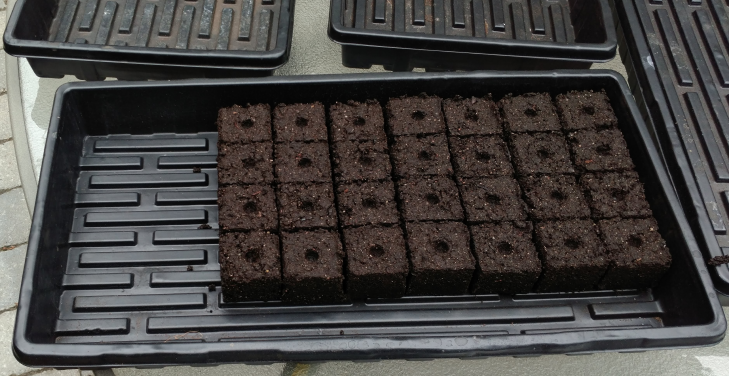
First, you don’t need any plastic pots. All you require is the flat to hold your blocks. This is huge for me – I really don’t want my hobby to burden the earth with more plastic waste.
The second big benefit comes when you plant them out – you just drop the cube directly into your garden. There’s very little transplant shock as the seedlings are still rooted in the soil they started in.
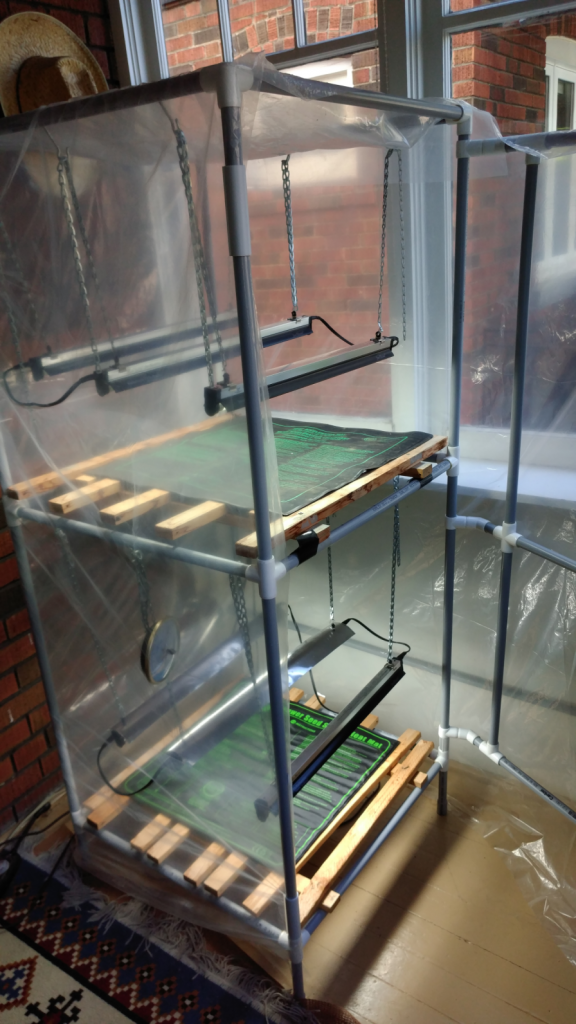
While growing in the blocks, the seedling roots just grow out to the edge of the block and then pause – this is called “air pruning”. However, as soon as you plant them into the ground, those roots pick up where they left off. This contrasts with seedlings started in pots where the roots often grow into a dense mat at the bottom and need to be broken up when you plant them, resulting in transplant shock.
I use a home-made “greenhouse” kitted out with heat mats and grow lights on timers to get things started. It doesn’t look like much, but it can handle 4 flats at a time giving me more than enough capacity to fill my raised beds at the lake.
I’ll share more info on soil blocks in later posts. Meantime, here are a few pix of the pepper seedlings’ 5 weeks in the greenhouse taken with my web-cam.
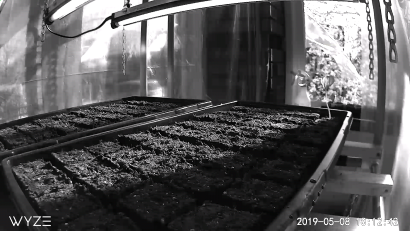
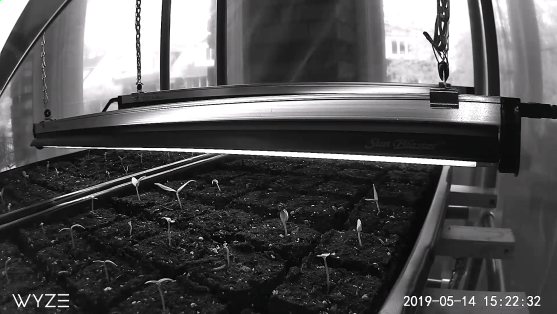
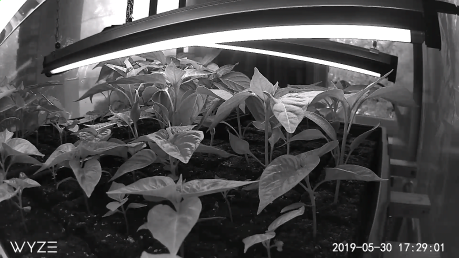
And here they are – waiting for some hot weather now! The chicken wire defends against groundhogs and rabbits.
